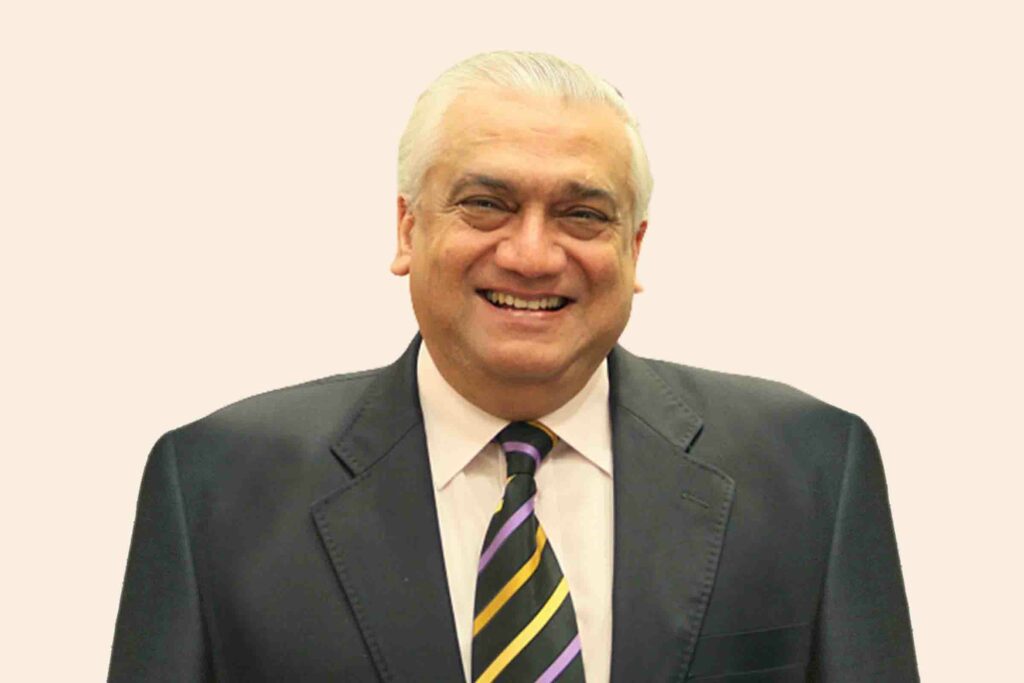
Two events over the last two weeks suggest that Syria could soon be seeing either a two-front war or, surprisingly, the prospect of peace.
On Oct. 20, Turkey removed its troops from the Morek observation post in northern Idlib. In a separate development on Oct. 26, Russia launched a massive air attack on the Faylaq Al-Sham militia, which is one of the largest rebel groups backed by Turkey.
The Morek base was set up by Turkey following its Sochi agreement with Russia in May 2018. This agreement enforced a truce covering Idlib, with the two countries setting up “de-escalation zones” in the area and jointly patrolling the M4 highway that links Aleppo with Latakia, via Idlib. Turkey was to use this truce to remove all radical groups from the region.
Turkey then set up 12 observation posts, including Morek, to monitor the cease-fire. Not surprisingly, instead of identifying and eliminating the extremist elements of Hayat Tahrir Al-Sham (HTS), Turkey sought to project them as “moderate” and co-opt them into the Syrian National Army (SNA).
In the face of Turkish recalcitrance, Syrian government troops, backed by Russian air support, launched an attack in December last year and took large parts of the countryside surrounding Idlib city. This fighting, which ended in March, left four of Turkey’s observation posts, including Morek, surrounded by Syrian troops. This made the Turkish presence untenable, particularly in a conflict with the Syrian armed forces. Following its departure from Morek, the other three posts are expected to be vacated by Turkey by early December.
The withdrawal from Morek is not, however, a Turkish setback. The evacuated troops have been redeployed in the area and Ankara has beefed up its presence with several thousand vehicles bringing in military equipment — tanks, artillery and air defense weaponry — to support the 15,000 troops it has deployed there.
Erdogan, with his usual approach of drawing back at the last moment, will not jeopardize his country’s ties with Russia.
Turkey continues its efforts to incorporate the HTS into the regional “military council” it has set up with the rebel forces — the SNA and the National Liberation Front — in northern Syria. Meanwhile, HTS has made every effort to shed its extremist identity and project itself as a moderate political grouping. To this end, it last month severed its ties with its erstwhile ideological mentor, Abu Mohammed Al-Maqdisi. It announced that its Shariah Council had disavowed his “ideology and behavior.” In response, Al-Maqdisi referred to HTS’ alleged affiliation with Turkish intelligence, recalling the recent attacks by Turkish and American forces on the radical group Hurras Al-Din, which had broken away from HTS in 2018.
Turkey’s consistent failure to distance itself from extremist groups in Idlib is perhaps the reason for Russia’s lethal attack on Faylaq Al-Sham. In fact, this divide between Russian and Turkish interests compounds their differences in Libya and in the conflict over Nagorno-Karabakh, where Ankara has deployed Syrian fighters to back Azerbaijan.
In Syria, the failure to open the M4 highway, an economic lifeline for the beleaguered country, has been a major cause of frustration for Russia and its Syrian partners. Due to constant attacks from extremist groups, Russia even ceased participating in the joint patrols of the highway in August.
Turkey has made it clear that its principal desire is to control the entire Turkish-Syrian border up to a depth of 40 km. In this context, after the Russian air attack, Turkish President Recep Tayyip Erdogan’s warning was directed not at Russia but at the Kurds. He referred to the Kurdish presence close to the border as that of “terrorist organizations” that are “not under our control,” warning that, if the areas are not cleared, “we have the legitimate right to mobilize once again.”
Thus, to free the M4 highway and rid the region of rebel forces, the Syrian army has been mobilized at different points around Idlib — at west Aleppo, south Idlib and northeast Latakia — while Turkey has complemented its own forces by providing new equipment and training for the militias it controls in the region.
The chances of a two-front war — one against the Kurds in northeast Syria to take the border areas under their control and the other against Syrian government forces around Idlib — are therefore very high.
But countervailing forces are also in play. Russian President Vladimir Putin, while referring to differences between Turkey and Russia, thoughtfully noted recently that Erdogan “is a flexible person and finding a common language with him is possible.”
This observation suggests that Erdogan, with his usual approach of going to the edge of the abyss and then drawing back at the last moment, will not jeopardize his country’s ties with Russia, particularly when his differences with the US, regardless of who is in the White House, are so deep.
Thus, instead of war, we could actually see Russia and Turkey work on arrangements in north and northeast Syria that serve all parties’ interests and finally set up dialogue between Turkey and the Assad government. As the Russian intervention in Syria enters its sixth year, this would be the best outcome of Putin’s diplomacy.
Talmiz Ahmad is an author and former Indian ambassador to Saudi Arabia, Oman and the UAE. He holds the Ram Sathe Chair for International Studies, Symbiosis International University, Pune, India.

